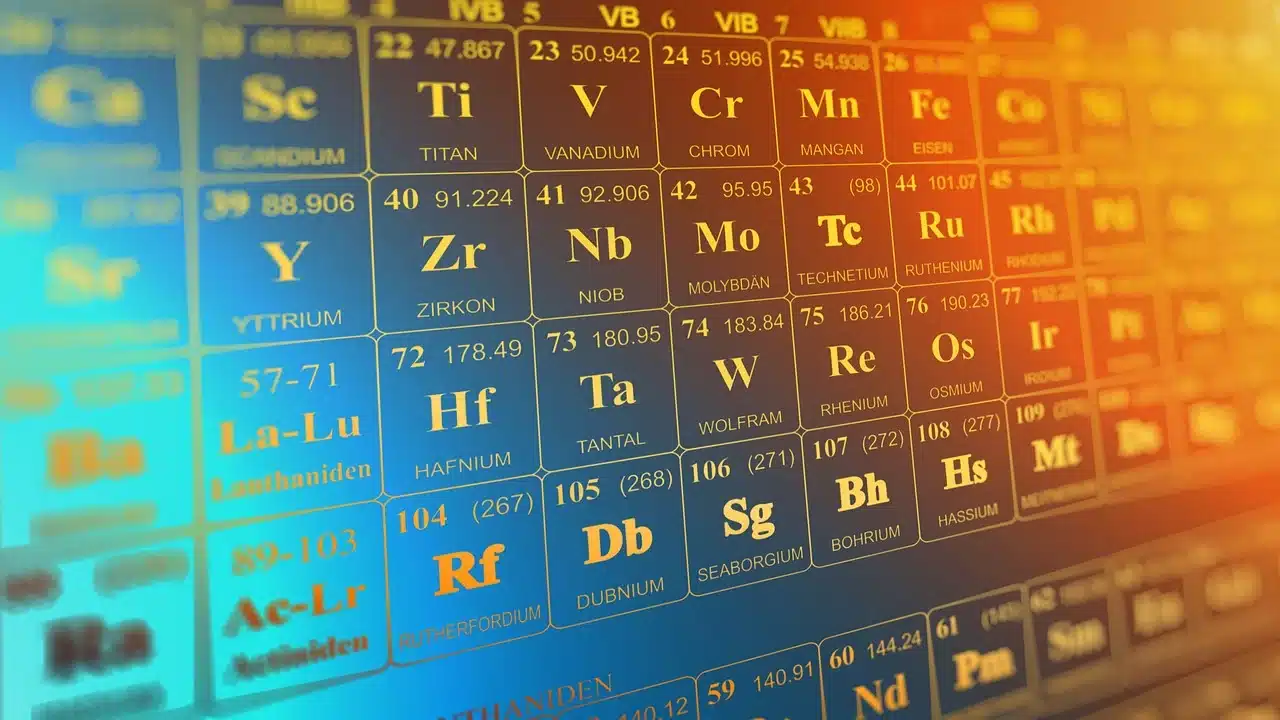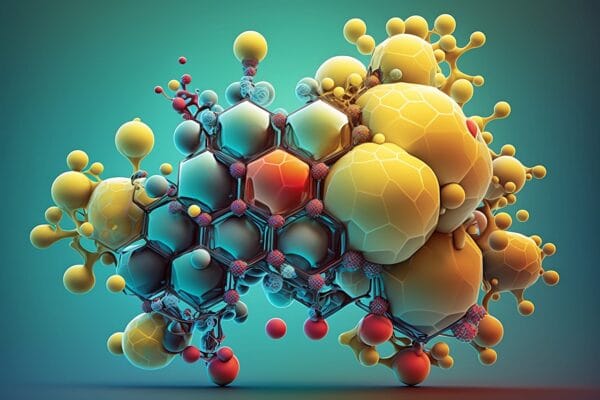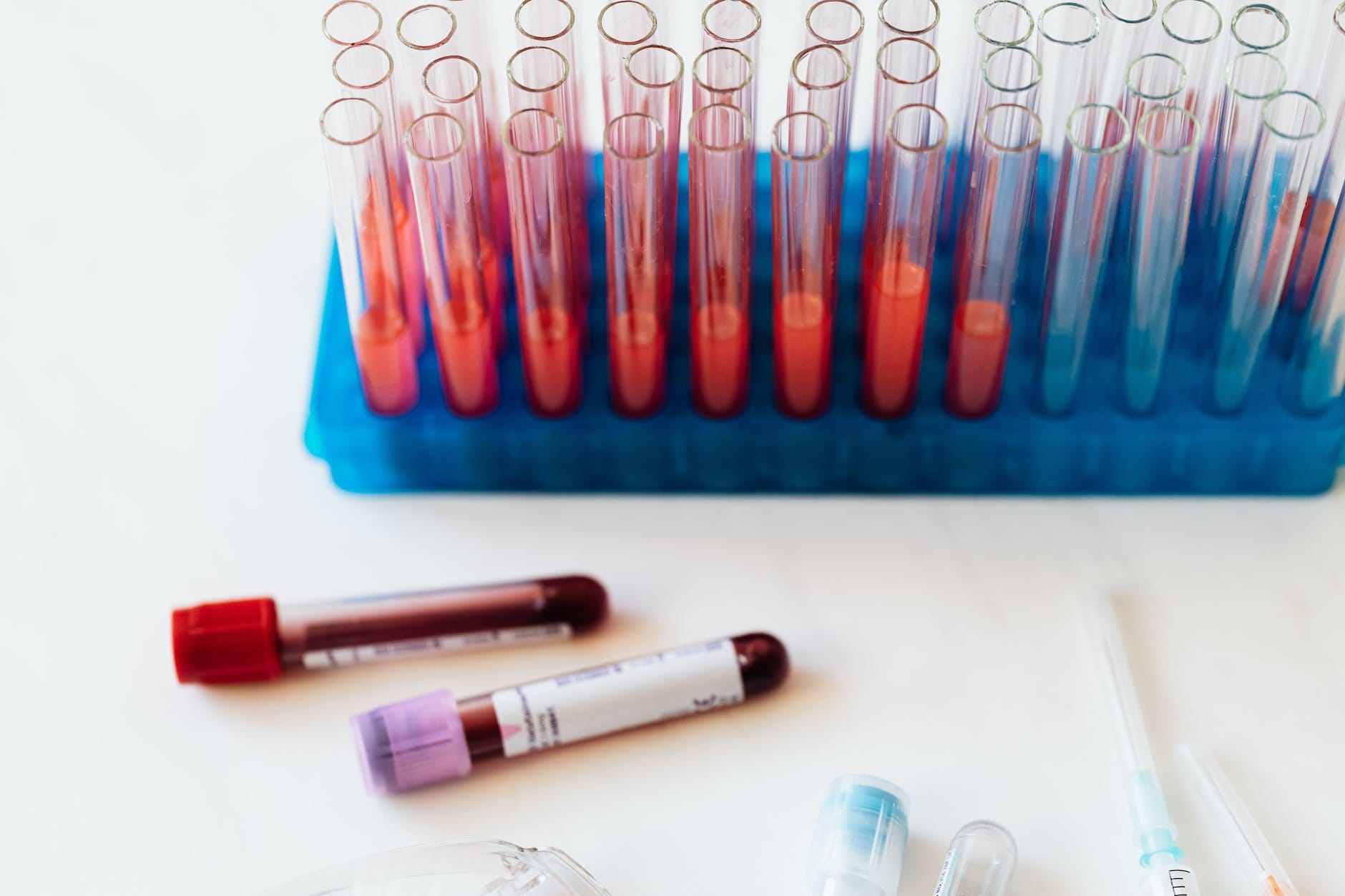Plasmids are small, circular, double-stranded DNA molecules that exist separately from a cell’s chromosomal DNA. They are commonly found in bacterial cells and can also occur in some eukaryotes. Plasmids carry genes that provide bacteria with genetic advantages, such as antibiotic resistance. Scientists have harnessed the power of plasmids and use them as tools in genetic engineering and molecular biology. In this article, we will explore the fascinating world of plasmids, their characteristics, functions, classifications, and significance in scientific research.
Structure and Characteristics of Plasmids
Plasmids are small DNA molecules that can range in size from approximately one thousand DNA base pairs to hundreds of thousands of base pairs. Unlike chromosomal DNA, which is linear, plasmids are circular in shape. This circular structure allows them to replicate independently within a cell. When a bacterium divides, all the plasmids present in the cell are copied, ensuring that each daughter cell receives a copy of each plasmid.
Plasmids can carry a variety of genes that provide bacteria with genetic advantages. These genes may confer antibiotic resistance, allowing bacteria to survive in the presence of antibiotics. Other genes may enable bacteria to utilize certain nutrients or produce virulence factors that aid in colonization and overcoming host defenses.
Classification of Plasmids
Plasmids can be classified into different groups based on their characteristics and functions. One classification system divides plasmids into conjugative and non-conjugative plasmids. Conjugative plasmids contain transfer genes that allow for the transfer of plasmids between different bacteria through a process called conjugation. Non-conjugative plasmids, on the other hand, cannot initiate conjugation and require the assistance of conjugative plasmids for transfer.
Plasmids can also be classified based on their function. Some common types of plasmids include fertility (F-plasmids), resistance (R-plasmids), col plasmids, degradative plasmids, and virulence plasmids. F-plasmids enable bacteria to undergo conjugation and form sex pili, while R-plasmids carry genes that provide resistance against antibiotics. Col plasmids contain genes that code for bacteriocins, which are proteins that can kill other bacteria. Degradative plasmids enable bacteria to digest unusual substances, and virulence plasmids turn bacteria into pathogens.
Mechanisms of Plasmid Transfer
Plasmids can be transferred from one bacterium to another through various mechanisms. Conjugation is a process by which plasmids are transferred between bacteria through sex pili. During conjugation, a donor bacterium passes a copy of its plasmid to a recipient bacterium. This horizontal gene transfer allows bacteria to acquire new genetic material, including plasmids carrying beneficial genes.
Another mechanism of plasmid transfer is transformation. In transformation, bacteria take up free extracellular DNA fragments, including plasmids, from their environment. These DNA fragments can then integrate into the bacterial genome or exist as separate plasmids within the cell.
Transduction is another method of plasmid transfer, which involves the transfer of genetic material through bacteriophages, or viruses that infect bacteria. Bacteriophages can carry plasmids and transfer them between bacteria during the infection process.
Importance of Plasmids in Scientific Research
Plasmids have become invaluable tools in genetic engineering and molecular biology. Scientists have harnessed the unique properties of plasmids to clone, transfer, and manipulate genes. Plasmids used in scientific research are known as vectors. Vectors are artificially constructed plasmids that serve as vehicles for carrying and replicating foreign DNA fragments or genes of interest.

Researchers can insert DNA fragments or genes into a plasmid vector, creating a recombinant plasmid. This recombinant plasmid can be introduced into bacteria through transformation. Bacteria, with their rapid growth and ability to copy DNA fragments in large quantities, act as factories for replicating the inserted DNA.
Plasmid vectors also often contain selectable markers, such as antibiotic resistance genes, which allow researchers to selectively grow bacteria containing the desired plasmid. This selective pressure ensures that only bacteria with the desired genetic material survive and proliferate.
Applications of Plasmids in Genetic Engineering
Plasmids have numerous applications in genetic engineering and molecular biology. They are used to clone genes, produce recombinant proteins, study gene function, and create genetically modified organisms.
Cloning is the process of replicating DNA fragments or genes. Plasmids serve as cloning vectors, allowing scientists to insert DNA fragments into them and replicate the inserted DNA. This enables the production of large quantities of specific DNA sequences for further analysis or manipulation.
Plasmids are also used to produce recombinant proteins. By inserting the gene encoding a protein of interest into a plasmid vector, scientists can introduce the plasmid into bacteria or other host organisms. The host organisms then produce the recombinant protein, which can be purified and used for various applications, such as medical research or industrial production.
Studying gene function is another important application of plasmids. By inserting specific genes into plasmids and introducing them into cells, scientists can investigate the role of these genes in cellular processes. This research helps to uncover the functions of genes and their contributions to various biological phenomena.
Plasmids also play a crucial role in creating genetically modified organisms (GMOs). By introducing specific genes into the genome of an organism, scientists can modify its traits or confer new abilities. This technology has applications in agriculture, medicine, and environmental research.
Future Perspectives and Conclusions
Plasmids continue to be essential tools in modern molecular biology and genetic engineering. As our understanding of plasmids and their functions deepens, new applications and advancements are being made. Researchers are constantly exploring ways to improve plasmid technology, such as developing novel vectors, enhancing plasmid delivery systems, and optimizing gene expression.
The versatility of plasmids and their ability to carry and replicate foreign DNA make them invaluable in studying gene function, producing recombinant proteins, and developing new therapeutic approaches. Plasmids have revolutionized the field of biotechnology and continue to drive innovations in various scientific disciplines.
In conclusion, plasmids are fascinating genetic elements that have shaped our understanding of genetics and molecular biology. Their ability to carry beneficial genes and transfer between bacteria has significant implications for antibiotic resistance, microbial ecology, and genetic engineering. By harnessing the power of plasmids, scientists have unlocked new possibilities for research, biotechnology, and medical advancements. The future of plasmid research holds great promise, and we can expect further breakthroughs in this exciting field.
Keywords: plasmids, DNA, bacteria, genetic engineering, cloning, gene transfer, conjugation, transformation, vectors, recombinant DNA, gene function, genetically modified organisms







